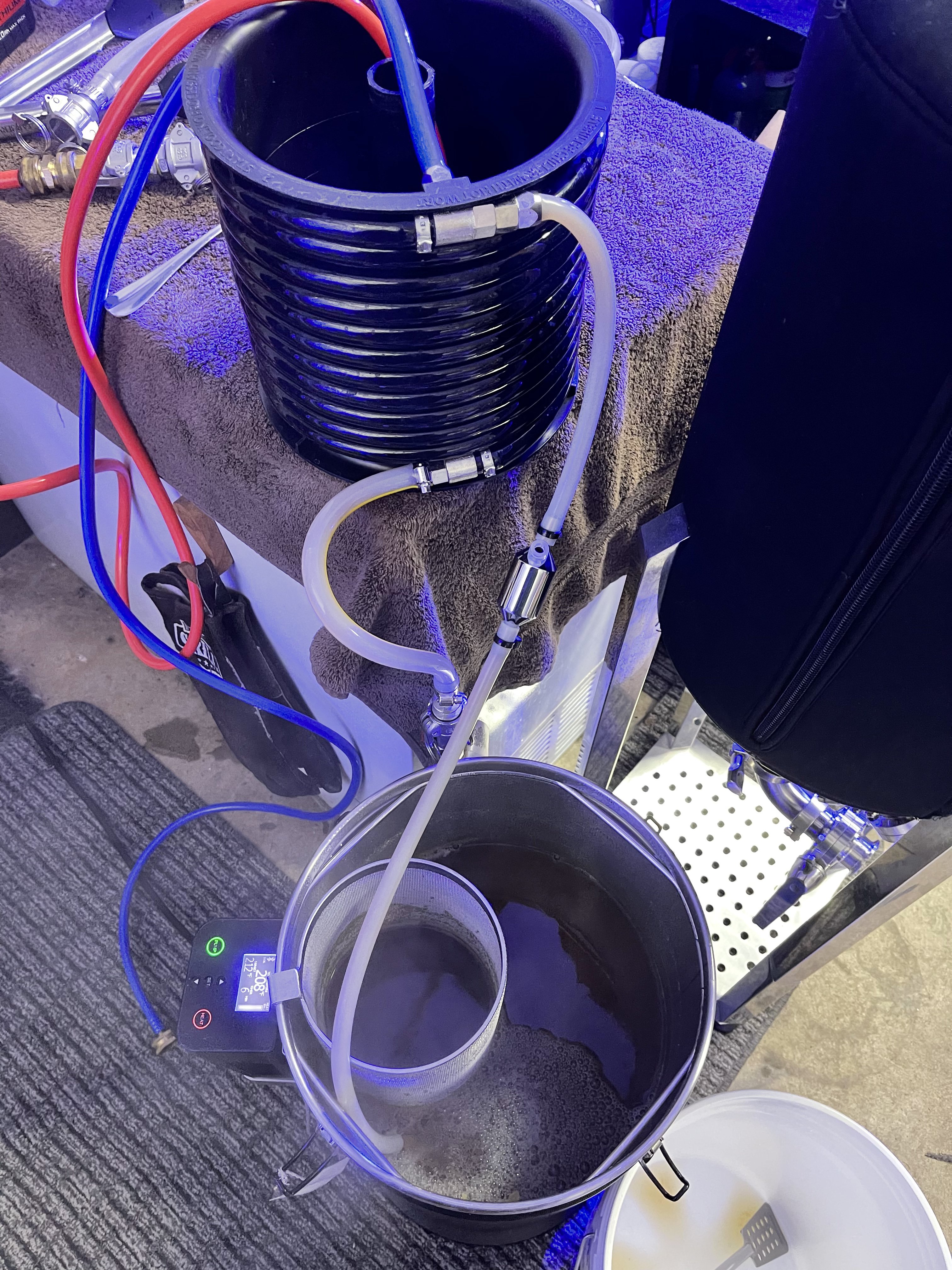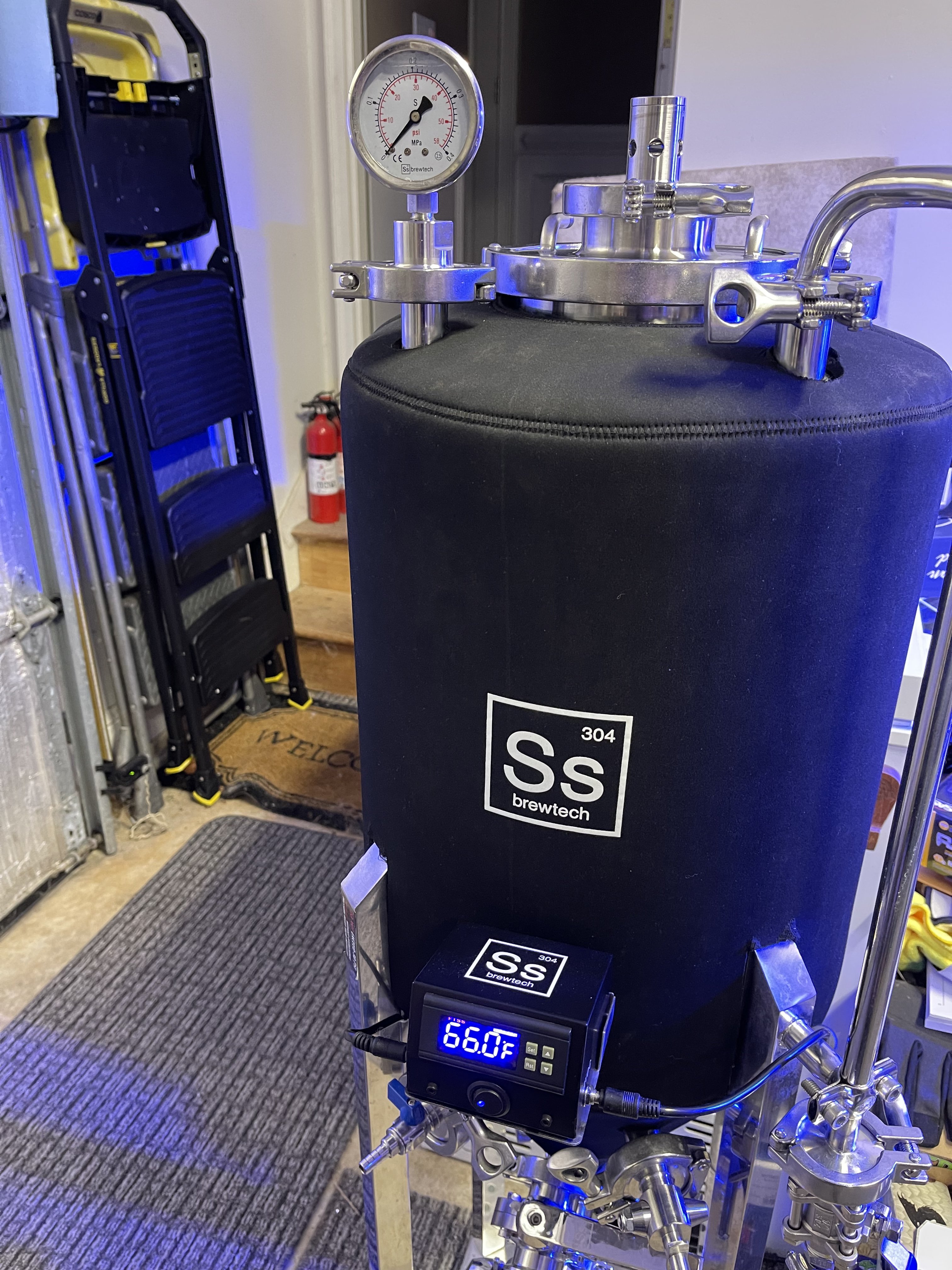Sorry.. am I posting too much? I didn’t think I’d have time to take pics, let alone post.. but it’s not as intense as I thought it would be.
I do have a question though.. when do I check the initial PH and OG?
When I take pH, it's usually just ten minutes or so into the mash. No point to taking any ph readings after the mash is done. OG should be taken after the boil, ideally after you cool because temperature impacts gravity readings.
You can also take a gravity reading of your mash before you start the lautering process to make sure you've hit the level of conversion you're shooting for. It can be very helpful as you're learning how to do all grain. Brewer's friend has a great mash efficiency calculator. You can plug in your grains and your gravity reading, and it will tell you the percentage of potential sugars you've pulled from the grain. Pretty much anything above 70% is good to go, though I hit 82% on my mash this morning. Depends on your equipment, the grain and the day. But I almost always measure mash gravity before I finish a mash because sometimes I'm only at 60% for some reason, so I let it sit for a bit more until I've gotten more sugars out.
























![Craft A Brew - Safale BE-256 Yeast - Fermentis - Belgian Ale Dry Yeast - For Belgian & Strong Ales - Ingredients for Home Brewing - Beer Making Supplies - [3 Pack]](https://m.media-amazon.com/images/I/51bcKEwQmWL._SL500_.jpg)











































